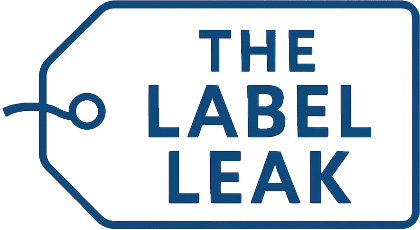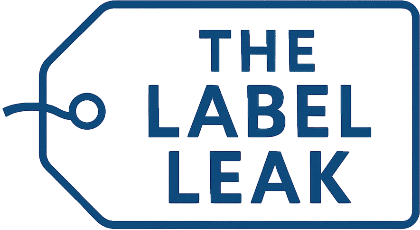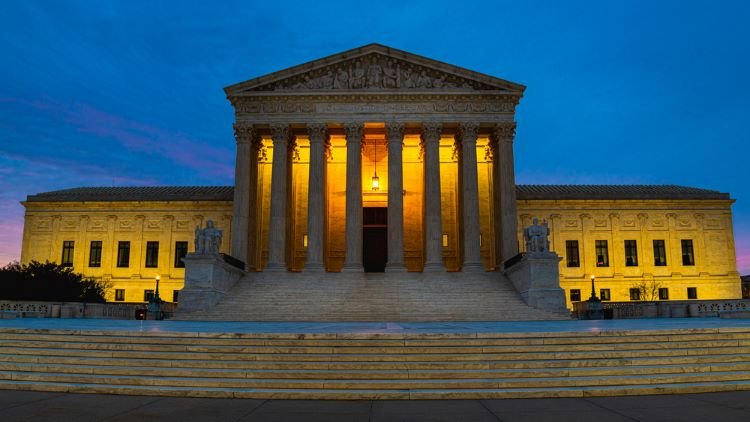U.S. Supreme Court
More class action suits, shadow docket rulings may follow SCOTUS decision nixing nationwide injunctions
June 30, 2025, 1:25 pm CDT
The U.S. Supreme Court’s decision limiting nationwide injunctions Friday left open the possibility of workarounds and more work for the high court, according to analyses by two law professors. (Photo from Shutterstock)
The U.S. Supreme Court’s decision limiting nationwide injunctions Friday left open the possibility of workarounds and more work for the high court, according to analyses by two law professors.
The decision in Trump v. CASA leaves open several possibilities for universal relief, according to Jack Goldsmith, a professor at Harvard Law School, writing at the Substack blog Executive Functions. Plaintiffs can file class action lawsuits, seek to vacate unlawful agency actions under the Administrative Procedure Act, file suits that will incidentally benefit third parties, and file suits that seek “complete relief.”
The Supreme Court’s future decisions could also have the effect of a nationwide injunction under a pledge made by U.S. Solicitor General D. John Sauer that the government will obey the high court’s opinions and judgments, Goldsmith said.
The Supreme Court’s 6-3 CASA decision held that nationwide injunctions likely exceed the authority granted to federal courts by Congress. The issue came to the Supreme Court in a challenge to President Donald Trump’s order banning birthright citizenship when a mother is in the country illegally or temporarily and when a father is not a U.S. citizen or a lawful permanent resident.
The “complete relief” issue stems from the Supreme Court’s statement that injunctive relief can benefit nonplaintiffs when it’s necessary to provide complete relief to the parties, said Steve Vladeck, a professor at the Georgetown University Law Center, writing on his One First blog on Substack. He provided an example: In redistricting cases, states may have to redraw legislative maps to give relief to just one successful plaintiff.
The argument could benefit states that are challenging Trump’s order on birthright citizenship. The states can argue that they need an injunction covering all states to avoid differing rules based on where babies are born, Vladeck said.
The Supreme Court will likely be asked to weigh in on states’ arguments. Much will depend on the answer to the question of when a universal injunction really is needed for complete relief, Vladeck said.
Another issue is the type of relief that can be obtained by class action suits seeking to block enforcement of federal policies against everyone who is similarly situated to the plaintiffs. Class action suits are already getting more difficult to bring because of a series of rulings from the early 2010s, Vladeck said. They also advance slowly.
When the issue of a class action certification reaches the Supreme Court, “will the justices also narrow nationwide class actions even further?” Vladeck asked. “Or will at least five of them let nationwide class actions do much of the work that universal injunctions were doing?”
Goldsmith and Vladeck see a potential bigger role for the Supreme Court in policing unconstitutional actions.
Vladeck pointed to a concurrence by Justice Brett Kavanaugh that talked about the need for national uniformity on the enforceability of statutes and executive actions.
“The answer typically will be this court, as has been the case both traditionally and recently,” Kavanaugh said.
According to Vladeck, Kavanaugh “is effectively inviting both the government and litigants challenging government policies to use the emergency docket even more.” That would constitute “a massive shift in power” to the Supreme Court, Vladeck said.
Although the Supreme Court was ambiguous on whether it had the power to order universal relief, it made it clear that it expects executive branch compliance with its opinions and judgments on a universal basis, Goldsmith said.
Goldsmith pointed to the 18th footnote of the majority opinion by Justice Amy Coney Barrett, who stated: “While the dissent speculates that the government would disregard an unfavorable opinion from this court, the solicitor general represented that the government will respect both the judgments and the opinions of this court.”
Goldsmith called the expectation of compliance “a huge deal.”
The Supreme Court was confronting a hostile executive branch and “played its weak hand shrewdly,” Goldsmith wrote. “It ruled in a way that it was previously inclined to rule on universal injunctions while leaving open many other avenues to lower-court universal relief. And in exchange, it extracted a first-ever executive branch pledge of fealty to Supreme Court ‘judgments and opinions,’ which will appear in the forever-citable pages of the U.S. Reports.”
Write a letter to the editor, share a story tip or update, or report an error.


